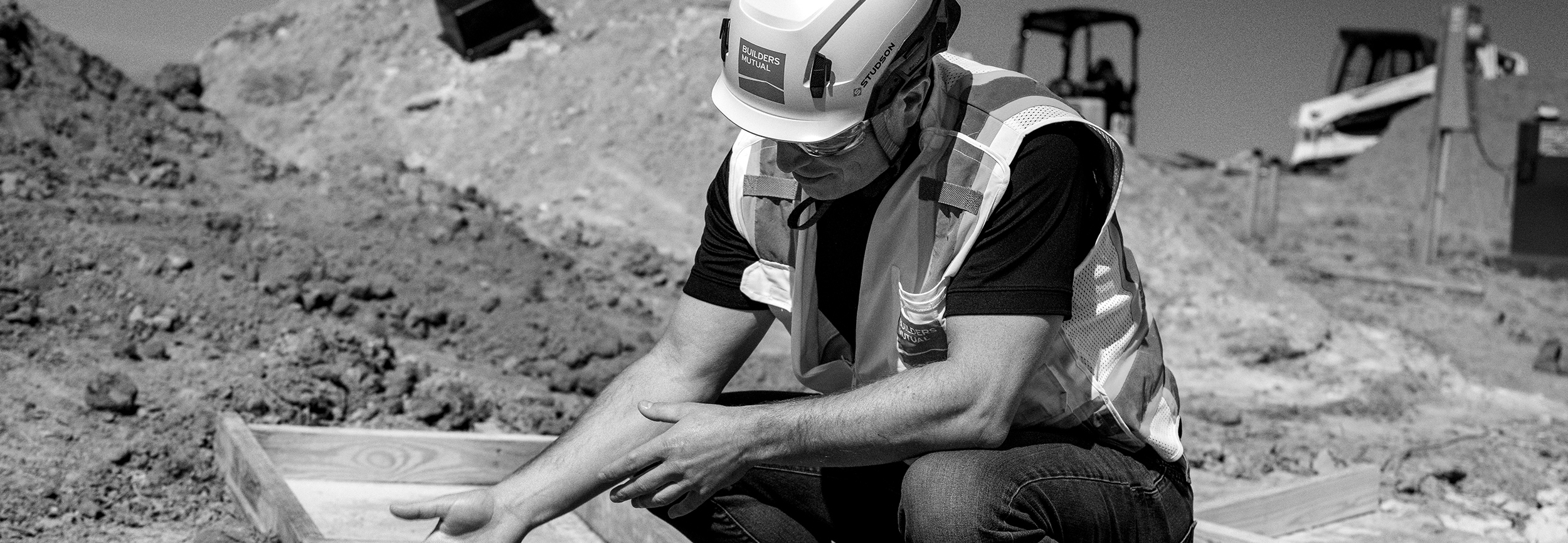As a general contractor, you are often tasked with finding subcontractors for your projects. Whether you are looking for a plumbing team, electrical team, or beyond, adding new workers to your job-site is associated with many risks.
To mitigate these risks, you should always establish a written agreement with your subcontractors. This is becoming a mainstream practice in most states because it reduces your liability by spelling out in writing each party’s job and insurance requirements.
Sandy Keck, Referral Underwriter at Builders Mutual, joins us to share her perspective on the process and the importance of subcontract agreements.
A subcontract agreement, by definition, is a written agreement between the general contractor and the subcontractor identifying the risks and responsibilities of the job in question. Subcontractors should always have insurance coverage, and it is important to remember that a subcontractor’s certificate of insurance does NOT provide coverage to the general contractor. It is merely a representation of the general policies and limits that a subcontractor has in place at a specific point in time. To read more about the importance of subcontractors maintaining their own insurance coverage, review this blog post.
Each subcontract agreement should identify and explain risk transfer mechanisms and hold harmless and indemnity agreements.
Risk transfer is an important part of the subcontract agreement and literally means what it says: The risk of loss is transferred from your company to the subcontractor for the work for which the subcontractor is responsible. The subcontract agreement should be specific and include in detail all risks and liabilities associated with the subcontractor’s job and should clearly spell out each party’s responsibilities and insurance requirements.
Hold harmless and indemnification agreements also need to be included in the subcontract agreement. They add another layer of protection for your company by ensuring that the subcontractor is responsible for the costs of any potential loss or legal action incurred. By including this aspect in your agreement, you can make sure your overall costs will be lowered in case of a loss.
Preventing potential losses can be an overwhelming process, but breaking down the process with these five tips can help you ensure that you are protected from subcontractor-related risks:
1. Select a subcontractor you can trust.
When choosing a subcontractor to join your job-site, you’ll want to be certain you select someone trustworthy. You are entering a partnership with this person, so establishing a relationship early on can give you peace of mind that the sub will deliver quality work.
We recommend that you utilize a selection process for your subcontractors that includes steps such as an application, interviews, and/or reference checks. Careful selection is the first step to a risk-free project.
2. Define responsibilities.
Hold a meeting with your subcontractors before beginning work. This is when you define what each party is responsible for and how risk will be divided. At this point, you should have a subcontract agreement ready to sign.
In addition to requiring subcontractors sign the written agreement, you should establish the process for reporting and filing incident and accident reports on the job-site in a timely manner.
3. Stay connected.
Develop a communication plan for your project. When you and your subcontractors maintain consistent communication, everyone will have more opportunities to report any safety concerns and ensure that no hazard gets swept under the rug. This level of communication can easily be achieved by scheduling weekly meetings. Through this effort, each party is accountable for the responsibilities highlighted in the subcontract agreements.
4. Document job-site hazards.
As the general contractor, you should inspect your job-sites and keep written logs of any issues addressed. In doing so, you are protecting yourself from being held liable for hazardous situations. Documenting the hazards provides written proof that you, as a general contractor, did your part toward mitigating the risks.
If a worker is injured on a job-site because of a hazard left by a subcontractor, you will have written documentation of a warning you issued to your sub. When checking in on your job-site, be sure to keep both quality of work and safety in mind.
5. Stay involved.
Some general contractors rely on subcontractors to oversee their job-sites because the general contractors are under the impression that liability decreases as their involvement decreases. This is NOT true. If a project team is not following OSHA guidelines, as indicated in the subcontract agreement, and the general contractor does not enforce them, the general contractor’s liability increases.
It is your responsibility to reiterate all safety and quality guidelines for all parties who are working on your job-site. By holding everyone involved accountable, you will maintain order and organization with your subcontractors.
Following these guidelines has become more important in recent years, and many general contractors are requiring written subcontract agreements. Keeping business agreements with subcontractors in written form is a safer practice with regard to limiting liability as well as maintaining future relationships. It can be tempting to shake hands and agree on responsibility if you have past relationships with your subcontractors, but it’s best to establish and maintain a written subcontract agreement.
Builders Mutual provides sample subcontract agreements for the states in our footprint on buildersmutual.com. Consult your attorney to create formal documents for your specific business needs.




 Find an
Find an